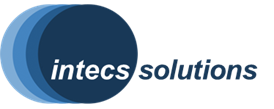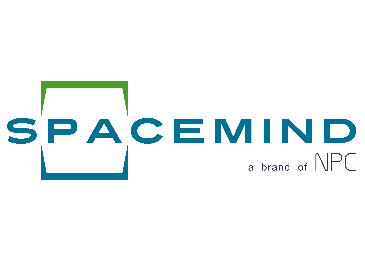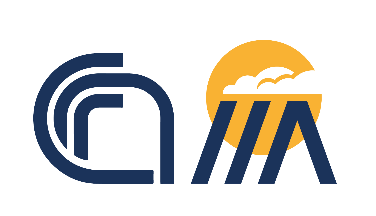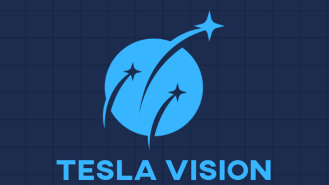
 Data Analytics, Insights & Applications
Data Analytics, Insights & Applications 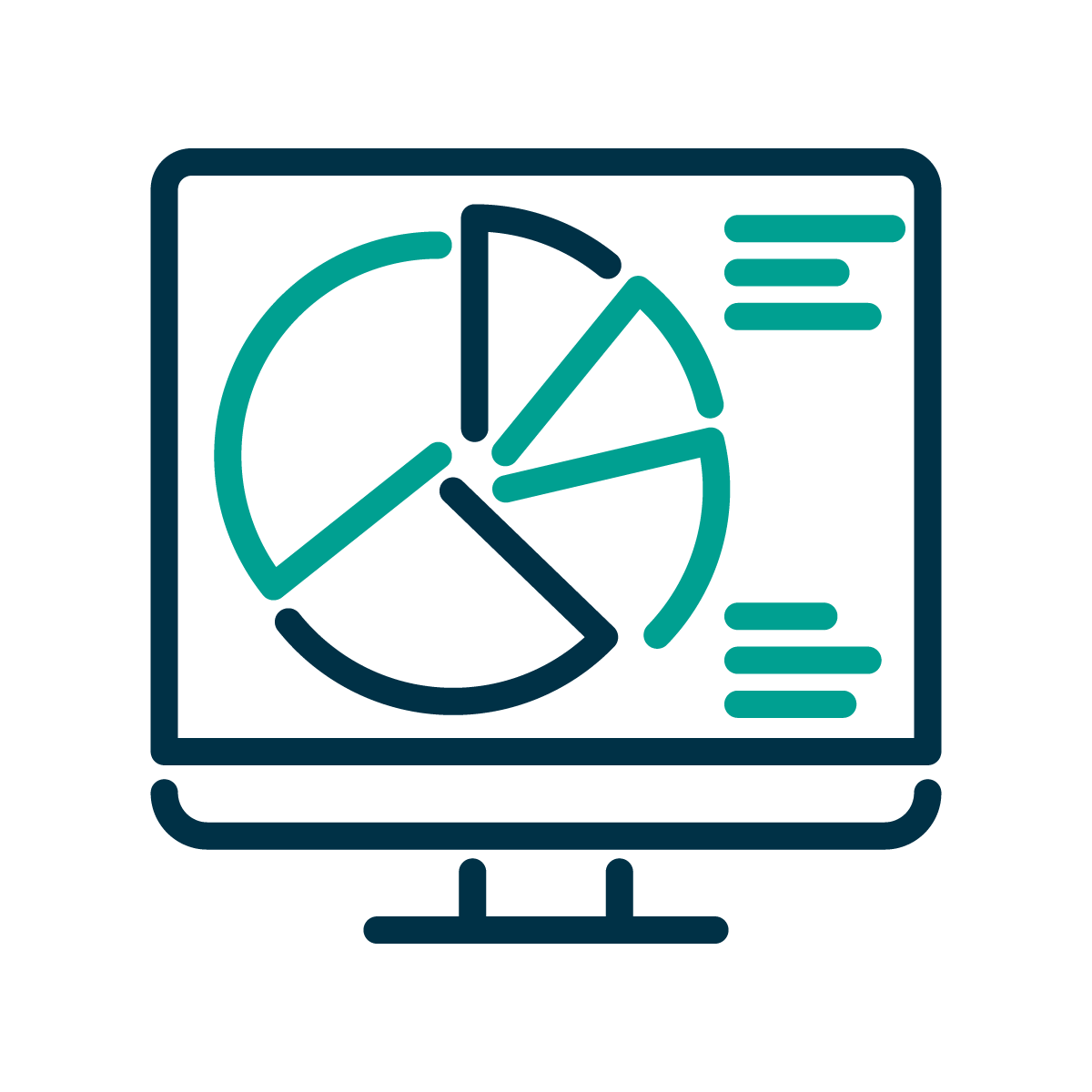 Data Processing & Visualisation
Data Processing & Visualisation 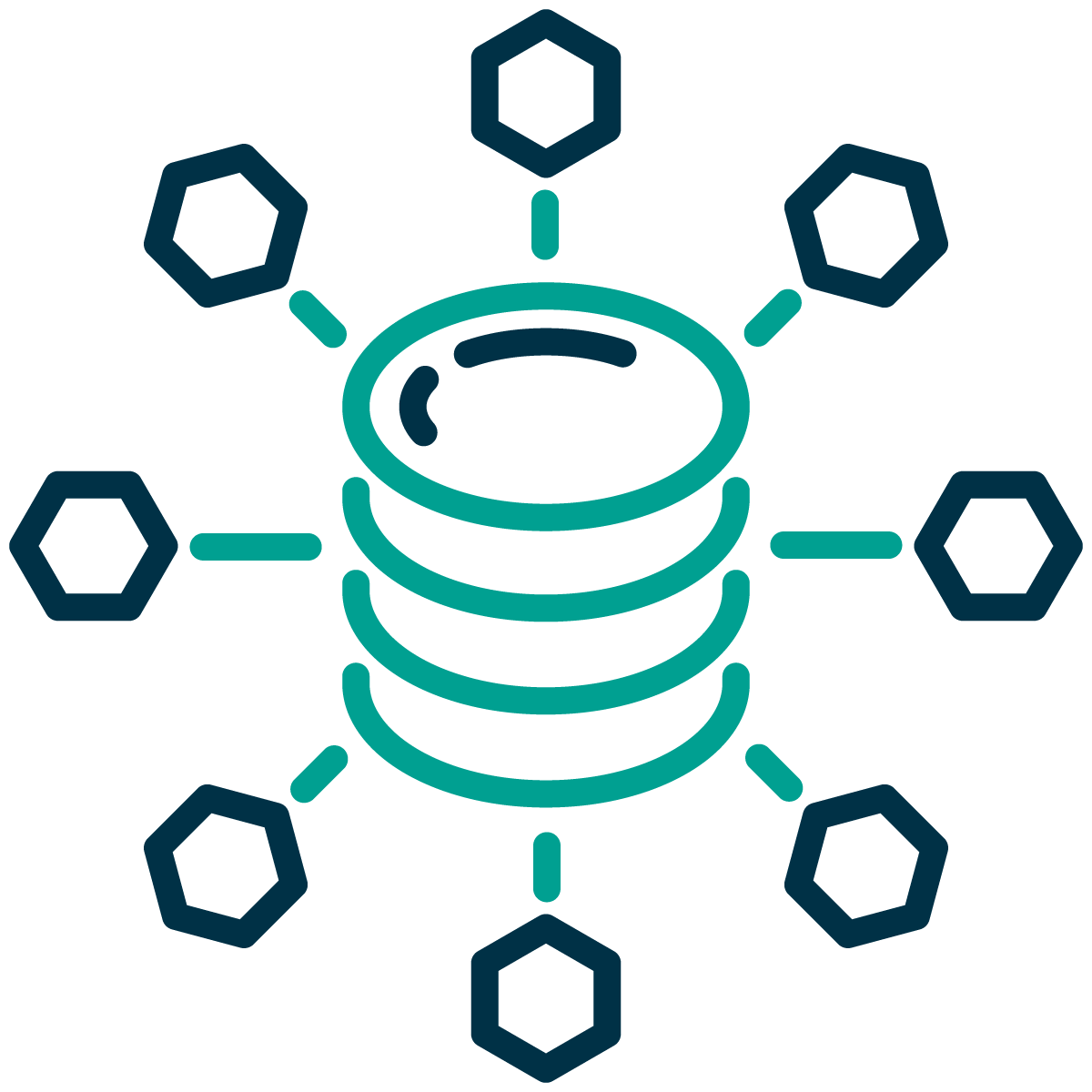 Ground Networks & Data Distributions
Ground Networks & Data Distributions  Ground Stations & Mission Management
Ground Stations & Mission Management  Payload
Payload 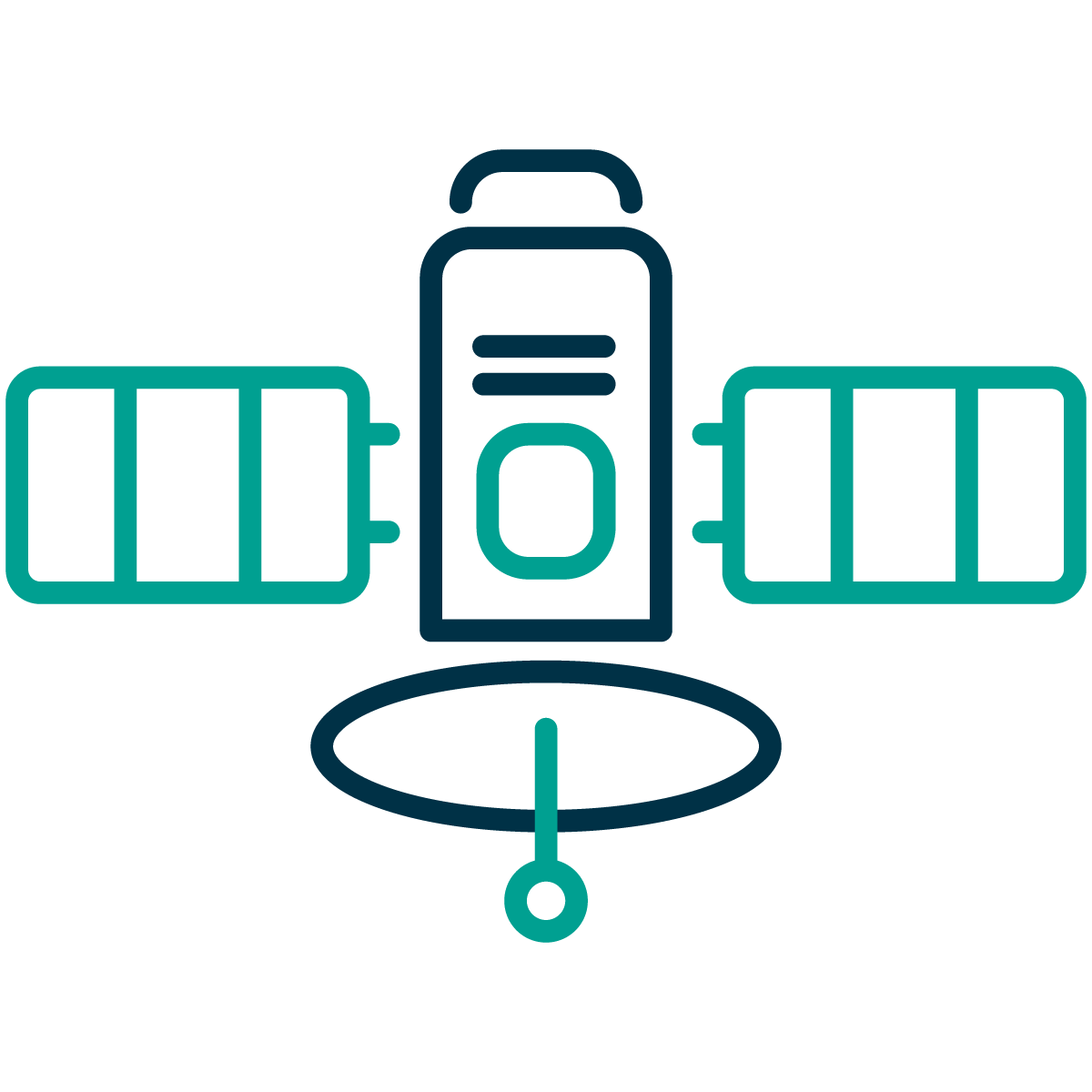 Platform
Platform The global trade scenario is rapidly changing due to new geopolitical arrangements and global emergencies. Around 90% of the worldwide traded goods are shipped by sea, hence its critical infrastructures are more than ever a valuable and strategic asset for every country. In this context, the clear need of a high-responsiveness and more efficient maritime traffic monitoring lead to the exploitation of newly available solutions exploiting cost-efficient satellite infrastructures. Indeed, the main objective of TESLA VISION is the geolocation of Radio Frequency sources in order to provide valuable services, such as:
TESLA VISION addresses the need of reliable “anytime, anywhere” data and information, on both cooperating and non-cooperating vessels, of two different customers segments:
National and European public authorities, international commercial companies and NGOs.
TESLA VISION provides timely and reliable data and information on maritime traffic via a user-friendly web-based platform. Thanks to its cutting-edge technology, the system is able to geo-locate maritime Radio Frequency sources from satellite anytime of the day and anywhere on the Globe while enabling the monitoring of non-cooperating ships, the so-called dark vessels.
The user data access system consists of three components:
Show the product/system architecture (on a high level), highlighting the main system building blocks (on a high level).
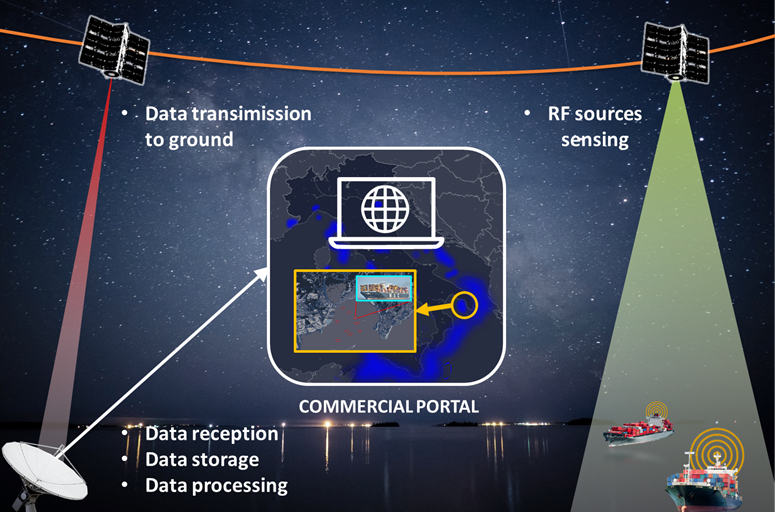
The detection of Radio Frequency sources from space is not yet widespread in civil applications but it is increasingly required as a solution for customs control and monitoring of protected or prohibited areas. It is a formidable tool when integrated with other data sources and systems such as AIS or satellite images acquired with SAR technologies. RF data are a powerful source of information complementing other data sources.
Thanks to the use of AI and a miniaturize payload, TESLA VISION is able to timely and accurately identify and localize the RF source anytime and anywhere using just a single satellite. This allows the lowering of production, launch and operations costs as compared to competitors. Furthermore, the use of an SDR architecture ensure flexibility by enabling the updating of the on-board processing software during the mission in order to address new requirements and increase performances.
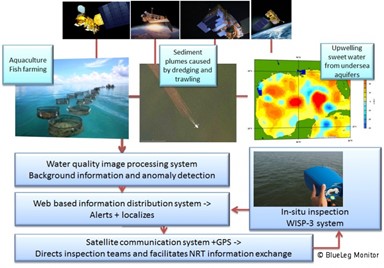
TESLA VISION is currently performing the de-risking phase. Details of the system are defined using a user-driven approach, thus by continuously discussing with prospects, in order to better and consistently prepare for the product development phase.
